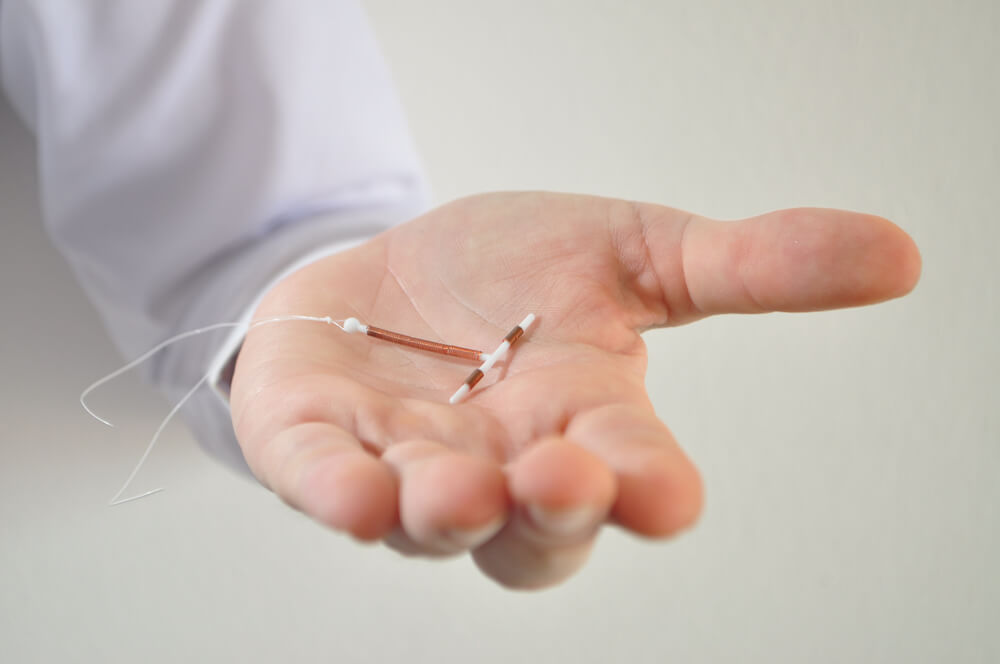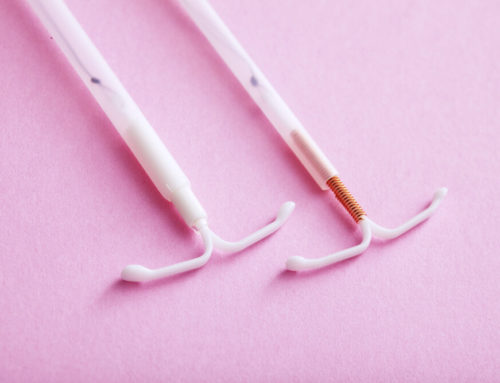You may have heard that IUDs are a great option for birth control, but with the different IUDs available, how can you determine which one is right for you? There are some crucial things to keep in mind when choosing between a hormonal or copper IUD. You’ll also find the answer to “how does a copper IUD work,” potential hormonal IUD side effects, and more. Of course, you’ll need to visit your OB-GYN for expert advice on which option is best for you. If you are searching for reliable professionals to answer more questions you may have about IUDs, a gynecology exam in Miami is an excellent choice for you.
That said, here are the different IUDs and what you can expect.
Different IUDs: A Brief Overview
Intrauterine devices, or IUDs, are small T-shaped devices that are placed inside the uterus as a form of birth control. They can remain in the uterus for several years. Because the IUD is a one-time procedure, they are known to be more effective at stopping pregnancy than other birth control options such as pills or condoms.
There are generally two different types of IUDs available: hormonal and non-hormonal. While they technically work differently, both are excellent forms of preventing pregnancy.
Before you determine which IUD is the best choice for you, you’ll need to visit your gynecologist in order to review your medical history and perform a physical exam.
What does an IUD cost? Luckily, most insurance plans cover IUDs and there is no cost to the patient. Without insurance, IUDs can cost several hundred dollars or even $1,000 or more.
The Copper IUD: Facts

The copper IUD currently available in the United States is called ParaGard. The copper IUD is a small T-shaped device that is composed of flexible plastic and copper wire. Since copper is a known spermicide, it “kills” sperm before it reaches an egg and fertilizes it. Therefore, pregnancy is prevented. The ParaGard IUD can remain in place for up to 12 years, but can certainly be removed before this at any time.
Now that you know the answer to “how does copper IUD work,” it’s time to address the potential side effects.
For the majority of patients, copper IUDs can cause increased cramping, menstrual pain, and heavier periods. These side effects are more likely to occur within the first few weeks or months of placement but can persist beyond this.
The Hormonal IUD: Facts
When it comes to hormonal contraception, there are different IUDs you might know by their brand names: Liletta, Mirena, Kyleena, and Skyla. These hormonal IUDs contain a progestin hormone called levonorgestrel, which thins the lining of the uterus and thickens the cervical mucus. As a result, the sperm cannot reach and fertilize the egg, and pregnancy is prevented. Also, hormonal IUDs can stop you from ovulating.
In some cases, hormonal IUDs can have side effects such as acne, headaches, and breast tenderness. Other hormonal IUD side effects may include mood changes, pelvic pain and cramping, and irregular bleeding. However, these hormonal IUD side effects are typically mild and temporary and do not occur in most cases.
Which IUD Should I Pick?
Both the copper IUD and hormonal IUDs are very good options. The copper IUD lasts for up to 12 years but can typically cause heavier bleeding and more cramping. The hormonal IUDs last anywhere from 3-7 years depending on the type and they typically make your periods shorter and lighter.
Both the copper and hormonal IUD are over 99% effective in pregnancy prevention. Both are safe, and only a tiny percentage of women experience complications. However, neither type will protect you against STDs or sexually transmitted diseases. That’s why we always suggest using a condom.
Give Us a Call Today
Copper or hormonal IUDs? It’s a challenging decision. Luckily, our team of experts will help you make the wisest choice. Book an appointment today.





